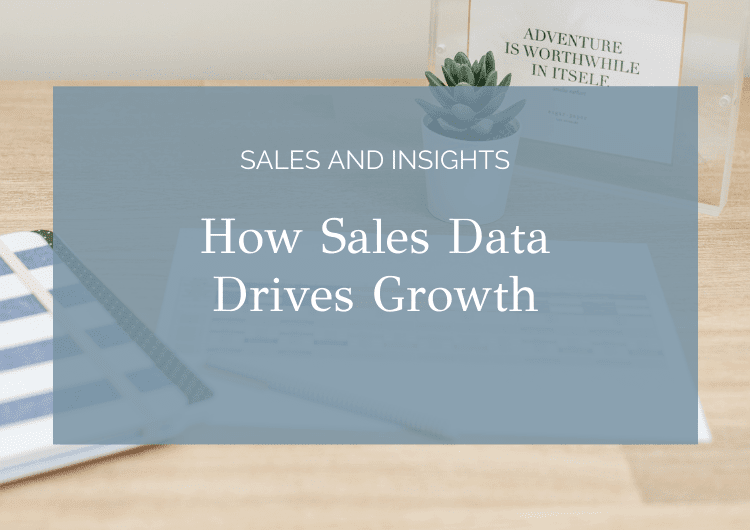
3 Ways to Use Your Sales Data to Drive Future Sales
As your business continues to grow, you know deep down it’s not about doing more, but rather staying focused on what’s working.
Looking at your data is a great way to identify what’s working in a non-bias way. So where do you start? When we look at our client’s data, we always start with sales.
Here are 3 things we look at when it comes to sales, and specifically what we look for to identify what’s working and where there are opportunities to prioritize.
1. Seasonality
Every business has what’s called Seasonality. This is just a fancy way of saying your sales aren’t equal every month but rather follow a repeatable trend over the course of the year.
Try graphing your sales by month so you can see where there are natural sales peaks and where there are slower times. The peaks or high points are areas where you have the most opportunities to grow sales and will require solid marketing plans. Whereas the lower points are when you can take breaks or reinvest in your business (website update) or self (attend a conference).
2. Income Streams
Income Streams are categories within your sales. Here you want to look at how much income (or even better profit dollars) you are getting from each stream versus the amount of time you are spending driving each.
If you are a product-based business, streams could be your physical stores, online, wholesale, consignment, licensing or pop-ups.
If you are a service-based business, streams could be one-on-one consulting, group sessions, packages, workshops or affiliates.
If you find that a particular steam is under-performing (or profitable sales are low considering the amount of time you are spending on them), then consider changing it or dropping it all together to help focus on the stronger performing streams.
3. Customer Tiers
While the acquisition of new customers or clients is always important, many times we overlook the value of our existing customer base – or retention marketing.
Try grouping your customer list into segments or tiers based on their past behaviors such as the amount they spend, what services or products they buy (or don’t buy), the last time they purchased, how often they use your services or visit your store, how profitable they are, etc.
By grouping your customers into tiers you can make it easier on yourself when crafting your messages. Not only that, you can be very specific when speaking to them in an email (for example) and will typically result in a much stronger ROI than a general newsletter.
These are just a few examples from the Clarity Intensive framework that we use for our clients where we help transform seemingly intimidating data into actionable and meaningful insights to drive marketing strategies.

